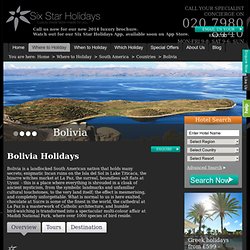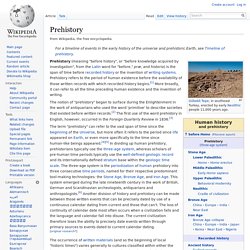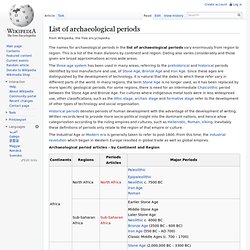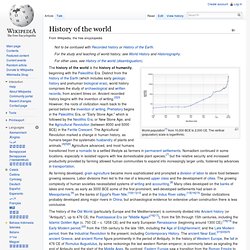

Bolivia Holidays. Bolivia is a landlocked South American nation that holds many secrets; enigmatic Incan ruins on the Isla del Sol in Lake Titicaca, the bizarre witches market at La Paz, the surreal, boundless salt flats at Uyuni - this is a place where everything is shrouded in a cloak of ancient mysticism, from the symbolic landmarks and unfamiliar cultural touchstones, to the very land itself; the effect is mesmerising, and completely unforgettable.

What is normal to us is here exalted, chocolate at Sucre is some of the finest in the world, the cathedral at La Paz is a masterwork of Catholic architecture, and humble bird-watching is transformed into a spectacular multi-colour affair at Madidi National Park, where over 1000 species of bird reside. Bolivia is located close to the equator, although because of its high altitude, the temperature can appear cooler, especially if you’re holidaying in the Andes region.
Lake Titicaca The Chincana Labyrinth, 300 metres from Titicaca, isn’t really a maze at all. Google Image Result for. Photos: Bolivia Seeks Electric Car Future in Salt Flats. Photograph by Noah Friedman-Rudovsky, Bloomberg/Getty Images The salt piles at Bolivia's Salar de Uyuni, the world's largest salt flat, could shape the future of fuel. Beneath the salt lies a solution of brine that contains about half the world's reserves of lithium, or enough to make batteries for more than 4.8 billion electric cars. The first automobiles that use lithium-ion batteries are just coming onto the market now, but these light, powerful batteries already have fueled an electronic revolution, and are found in virtually every kind of small gadget from laptops to iPods. Now, thanks in part to the rush of new electric car models, demand for lithium may increase by as much as 40 percent over the next four years, a report from investment firm Byron Capital Markets said. That's leading countries with reserves—including Bolivia—to explore ways to tap into this burgeoning market.
(Related: “Photos: Rev Up Your Motors, Electric Cars Zip Into View” and “Trucks Drive Toward Electric Power”) List of pre-Columbian cultures. This list of pre-Columbian cultures includes those civilizations and cultures of the Americas which flourished prior to the European colonization of the Americas. Cultural characteristics[edit] Many pre-Columbian civilizations established permanent or urban settlements, agriculture, and complex societal hierarchies. In North America, indigenous cultures in the Lower Mississippi Valley during the Middle Archaic period built complexes of multiple mounds, with several in Louisiana dated to 5600-5000 BP (3700 BCE-3100 BCE). Watson Brake is considered the oldest, multiple mound complex in the Americas, as it has been dated to 3500 BCE. It and other Middle Archaic sites were built by pre-ceramic, hunter-gatherer societies. Some of these civilizations had long ceased to function by the time of the first permanent European arrivals (ca. late 15th – early 16th centuries), and are known only through archaeological investigations or oral history from tribes today.
Northern America[edit] Category:Ancient cities. Prehistory. Prehistory (meaning "before history", or "before knowledge acquired by investigation", from the Latin word for "before," præ, and historia) is the span of time before recorded history or the invention of writing systems.

Prehistory refers to the period of human existence before the availability of those written records with which recorded history begins.[1] More broadly, it can refer to all the time preceding human existence and the invention of writing. The notion of "prehistory" began to surface during the Enlightenment in the work of antiquarians who used the word 'primitive' to describe societies that existed before written records.[2] The first use of the word prehistory in English, however, occurred in the Foreign Quarterly Review in 1836.[3] The occurrence of written materials (and so the beginning of local "historic times") varies generally to cultures classified within either the late Bronze Age or within the Iron Age. Definition[edit] Stone Age[edit] Paleolithic[edit] uninhabited. List of archaeological periods.
The names for archaeological periods in the list of archaeological periods vary enormously from region to region.

This is a list of the main divisions by continent and region. Dating also varies considerably and those given are broad approximations across wide areas. The three-age system has been used in many areas, referring to the prehistorical and historical periods identified by tool manufacture and use, of Stone Age, Bronze Age and Iron Age. List of cities by time of continuous habitation. History of the world. World population[1] from 10,000 BCE to 2,000 CE.

The vertical (population) scale is logarithmic.
Holocene. Paleolithic. Iron Age. Overview. Today. Bronze Age/Archaic 3000-1500 BCE. Ancient - 4000 - 3500 B.C. Primitive.